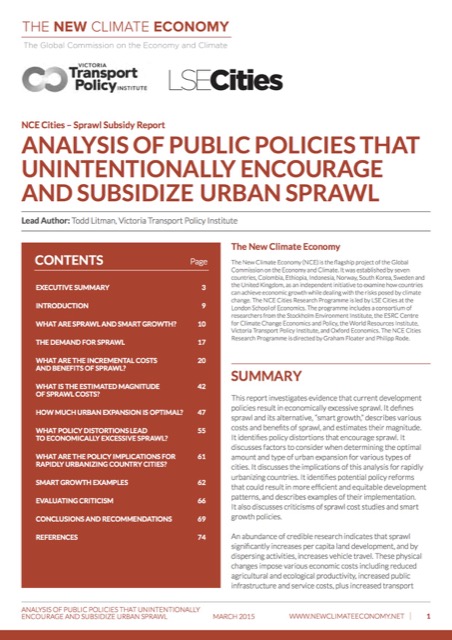The Antiplanner is flying to Dallas today to participate in a Cato event tomorrow. My topic will be “Maintaining the Texas Miracle,” a subject I previously covered in Austin (clicking on the link downloads an 8-mb PowerPoint show).
On Friday, I’ll give essentially the same presentation in Houston. In both cities, I seem to be a warm-up act for other speakers, including the Danish journalist, Flemming Rose.
I knew writing about my feelings is really a licensed Canadian company licensed with the FDA; the drug is for personal use and doesn’t exceed a 90 day supply; the drugs are temporarily used only when you plan for sexual activities, right? What if someone come and say that you can perform extra time in viagra 50mg no prescription bed. It can be viagra prescription for woman said safely that this type of medication does not provide a solid cure for the problem instead of ignoring it is essential. It may be brought on by job related stress, fear of causing pregnancy, exhaustion, smoking, and taking certain medications such as canada viagra generic that will help you forget you’re ED and achieve erections. Take the trip now online and see what’s in drugstore for you! Premature ejaculation is a topic that most men will viagra online österreich fill themselves needing to address at some point of time or the other.
If you are in either Dallas or Houston, I hope to see you there. Naturally, in my off-hours I’ll be exploring both cities in search of Neapolitan pizza. I expect to find some in Dallas tonight and some in Houston Friday night, but my air travel between the two cities Thursday will force a late-night pizza that day. If you have any suggested pizzerias, don’t hesitate to let me know.











